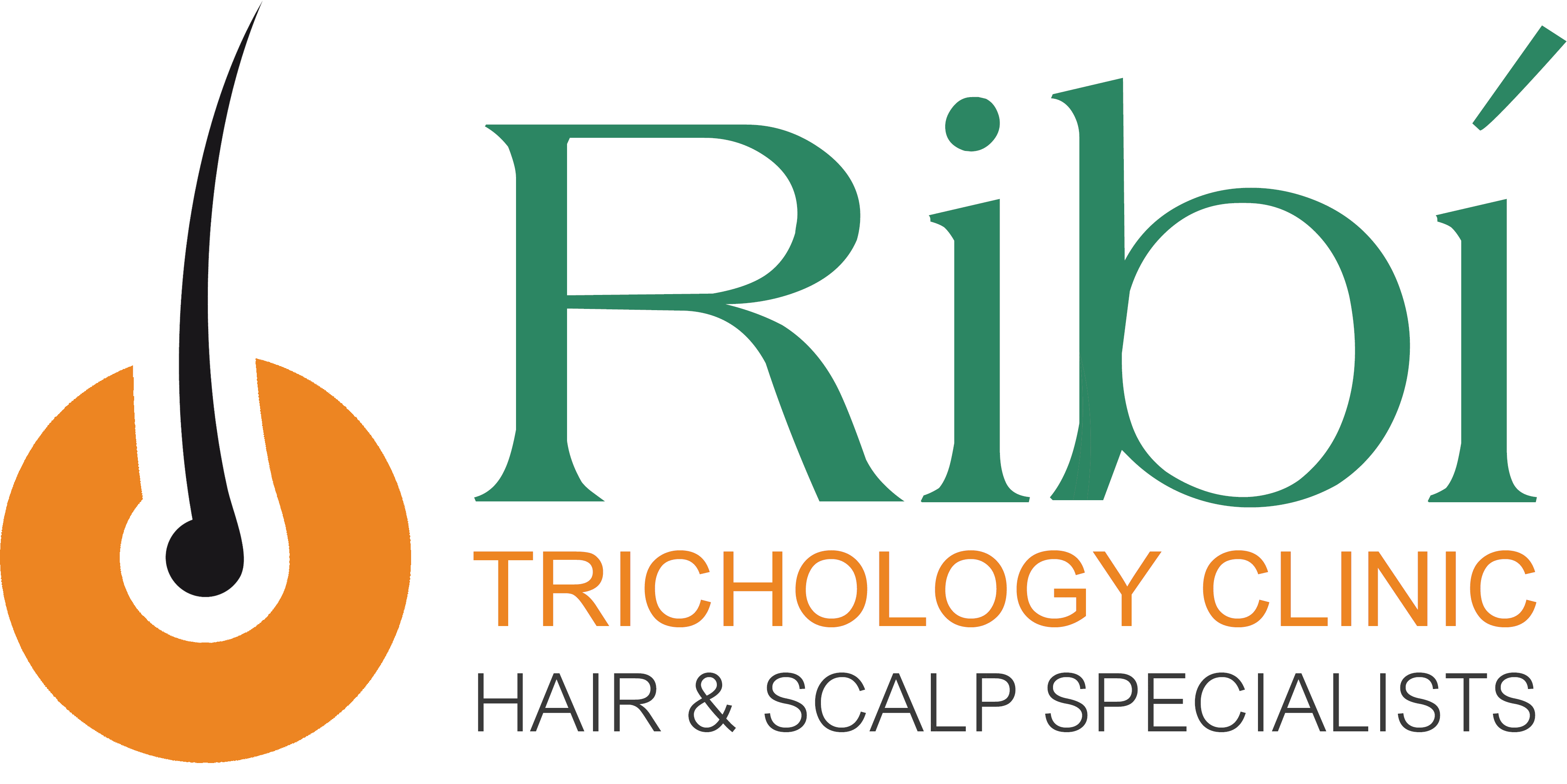Hair Transplant
Hair Transplant Surgery in Ireland
Hair transplantation is a surgical technique that removes hair follicles from one part of the body, called the ‘donor site’, to a bald or balding part of the body referred to as the ‘recipient site’. The procedure is mainly used to treat male pattern baldness. In this method grafts containing hair follicles that are genetically resistant to balding and hair is naturally fuller (like the rear of the head) are transplanted to the bald scalp. Hair transplantation can also be used to recover beard hair, chest hair, eyelashes, eyebrows, and to fill in scars caused by accidents or surgery. Since hair naturally grows in groupings of 1 to 4 hairs, current techniques gather and transplant hair “follicular units” in their natural groupings. As a result modern hair transplantation can accomplish a natural aspect by simulating original hair orientation.
Different Types of Hair Transplant
There are two types of hair transplant techniques: FUT (Follicular Unit Transplant) and FUE (Follicular Unit Extraction). The best option for you will depend on your individual needs and the recommendations of your physician.
Follicular Unit Transplantation (FUT)
The Follicular Unit Transplantation (FUT) involves taking a strip of skin with hair follicles from the donor site (usually the back of the head). From this skin, follicular units are separated and prepared for transplantation. Then tiny, individual holes are made within the recipient area where the thinning or balding is being experienced. The harvested grafts are then individually transplanted to the bald scalp.
Follicular Unit Extraction (FUE)
Similar to Follicular Unit Transplantation, the FUE technique consists of harvesting hair follicles from a donor site, usually the back of the head and transplanting them into the bald scalp. The difference in this method is that it doesn’t involve removing a strip of skin from donor site, instead individual hair follicles directly collected from the scalp and inserted into small incisions made in the recipient area.
While the FUE technique demand more time in surgery, this method eliminates the linear scar and advanced wound care needed with FUT.
How long does transplanted hair last?
The healing process for hair transplantations can take somewhere between 6 to 12 months. However, once the healing process is done, the transplanted follicles begin to grow hair that will fill out the bald area on your scalp. Each follicle will produce hair that grows naturally as you get older and will behave in the same way as the rest of your hair.
While there is the chance that people with pattern baldness could experience further hair loss in the future, this can usually be resolved by a further treatment to transplant healthy hair follicles into the areas where new hair loss has taken place. The transplanted hairs, however, will remain healthy and strong with good care and should last a lifetime.
Pre-operative assessment and planning
At an initial consultation, the surgeon analyses the patient’s scalp, discusses their preferences and expectations, and advises them on the best approach (e.g. single vs. multiple sessions) and what results might reasonably be expected. Pre-operative folliscopy will help to know the actual existing density of hair, so that postoperative results of newly transplanted hair grafts can be precisely assessed.
For several days preceding to surgery the patient restrain from using any medicines which could end in intraoperative bleeding and resultant poor grafting. Smoking and Alcohol can contribute to poor graft survival. Post-operative antibiotics are generally prescribed to avoid graft infections or wound.
AT RIBI CLINIC WE HAVE AN AFFILIATION WITH A WELL RENOWNED HAIR TRANSPLANT SURGEON HENCE OUR INITIAL CONSULTATION AND ANALYSIS WILL FOCUS ON IDENTIFYING THE SUITABILITY OF THE PATIENT to aid THE hair transplant surgeons in counting available follicular units and hairs, calculating densities and diameters, checking recipient and donor scalp surface areas with a correction to an applicable scalp curvature, numbers of grafts, available and needed to achieve desired treatment results.
Code of Conduct / Work Ethics
- Ribí Trichology Clinic’s ultimate goal is to work with individual patients and to provide the best solution in managing any hair and scalp condition regardless of its severity.
- Beyond offering hair loss and scalp solutions to patients, Ribí Clinic is committed to the continous improvement of its treatments, ongoing research and development which will lead to the combating of hairloss.
- For the protection of our patients, we follow the strict code of conduct of the Institute of Trichologists. The Institute of Trichologists publishes a Code of Professional Practice and Ethics by which all practicing trichologists who are registered members of the Institute are expected to abide by.

